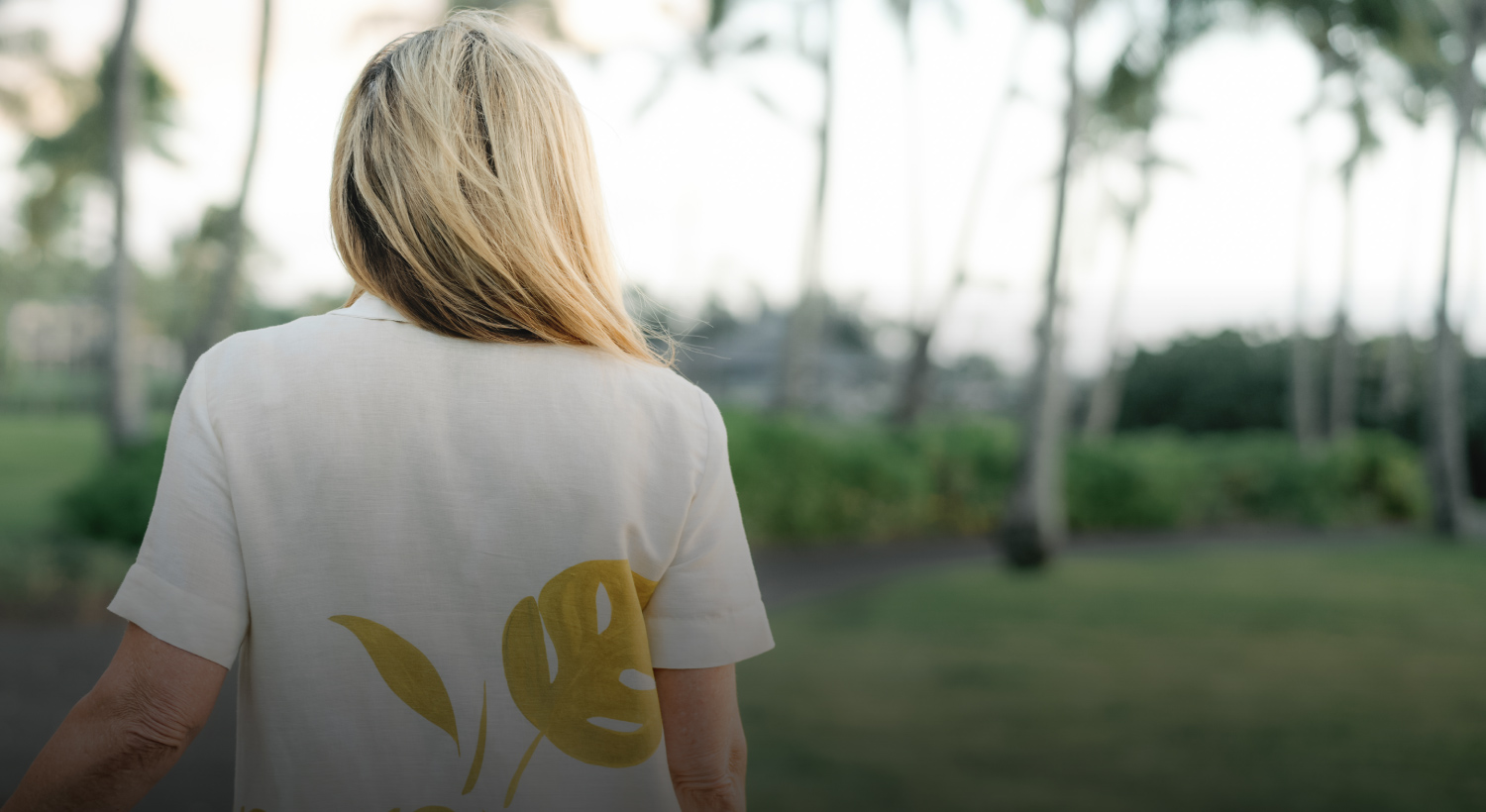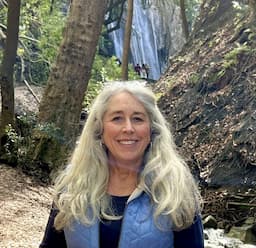A Day in the Life of: A Tanner
By Elizabeth Prata

What was a day in the life like for a person who lived in New Testament Bible times? It depended on what trade the person made their living. Last time I looked at the woman of Thyatira, Lydia, a seller of purple. Today I’m interested in what a day in the life of a tanner would be like.

A tanner was a worker of hides. Tanner definition:
Tanning is the process of treating skins and hides of animals to produce leather. A tannery is the place where the skins are processed. (Source)
Tanners were low status people in the Jewish community. They dealt with unclean hides and death. They had to touch dead animals. Plus, they were Gentiles, two strikes. And they smelled bad. Three strikes.
Normally their workshop would be just one or two rooms and a courtyard far from a residential area. You might remember this was a requirement for Lydia’s trade, the dyer who used snail shells (or a plant) to extract and ferment purple, another malodorous process.

Simon was a Tanner in Joppa. He housed Peter for many days according to Acts 10:32, Acts 9:43, Acts 10:17, Acts 10:6. Luke is very precise and mentions Simon’s trade three times in short order. So it is significant that the Lord stationed Peter with a Gentile tanner, showing that Christianity is a religion where all are welcome.
There are only two other biblical references to leather itself; where leather girdles are mentioned (the end product of tanning) and those are in 2 Kings 1:8; Matthew 3:4).
Therefore send to Joppa and invite Simon, who is also called Peter, to come to you; he is staying at the house of Simon the tanner by the sea. (Acts 10:32).
And Peter stayed many days in Joppa with a tanner named Simon. (Acts 9:43).
Despite the infrequent mentions, leather was important and used in many goods. Thus, tanning was an important trade, just a trade that no one liked to be around.
Leather was widely used in biblical times: for sandals and shoes, and for straps and harnesses for horses, donkeys, and camels; the nod, a skin bottle for storing and transporting liquids, is still widely used in the Middle East. All writing materials were also produced from hides. A ritually important use of leather and parchment since ancient times is for Torah scrolls, tefillin, the straps of which must be made from ritually clean animals, and the contents of mezuzot. (Source)
Joppa (Jaffa) is now an old neighborhood in the city of Tel Aviv. It’s by the sea. You might remember Jonah fled from the LORD at Joppa where he boarded a ship bound for Tarshish.
As in Greece and Rome, tanneries had to be located on the outskirts of the towns, far from residential quarters. According to the Mishnah (BB 2:9) a tannery should be situated on the east side of the town only, at least 50 cubits from the outskirts. This was because tanning was a primitive, malodorous process. The residents of an alley or lane could prevent one of their neighbors from becoming a tanner (Mishnah BB 21b). For all these reasons the tanner’s status in society was low. (Source)
As with Lydia’s purple dyeing, that trade and tanning needed to be on the east side because the winds were from the west most of the year, and would blow the odors away from the residential area if the manufacturing was done on the east side.
A Tanner’s dwelling and his workshop location was limited by his trade also. By necessity, they had to be close to to salt water seas.
Simon’s house was by the seashore, as is true of the tanneries along the Syrian coast today, so that the foul-smelling liquors from the vats can be drawn off with the least nuisance, and so that the salt water may be easily accessible for washing the skins during the tanning process. (Source – The International Standard Bible Encyclopaedia)
Tanning was a low-status job, so tanners were because of their trade low on the totem pole. As with Lydia’s trade (dyeing of purple), by Jewish tradition, a wife could sue for divorce based on the unpleasantness of her husband’s tanning trade, and it would be granted. An unnamed Jewish Babylon Talmudic scholar of the 6th-12th century-
explains that they are exempt because their bad odor, having penetrated their flesh, cannot be removed. This, he said, was why they had their own synagogues in his day in Babylon. The tanner’s trade was among those from which neither king nor high priest might be appointed, not because the tanner is ritually unfit, but because his occupation is despised
Poor Simon. So, geographically, ritually, and societally, a tanner endured a low status and a marginal communal living. Simon no doubt had friends, even the hated tax-collectors had friends, prostitutes and other tax collectors though they may have been. But a tanner’s trade prevented him from enjoying the full force and joys of communal living and even worship.

Joppa (or Jaffa as it’s called today, the oldest part of modern-day Tel Aviv) is about 45 miles from Jerusalem. On the map, you can see Nazareth to the northeast and Lake Tiberias (Sea of Galilee) beyond that.
So what did a tanner DO? The International Standard Bible Encyclopaedia describes the multi-step process. Simon would have had skins percolating in various stages of the process.
Within are the vats made either of stone masonry, plastered within and without, or cut out of the solid rock. The sheep or goat skins are smeared on the flesh side with a paste of slaked lime and then folded up and allowed to stand until the hair loosens. The hair and fleshy matter are removed, the skins are plumped in lime, bated in a concoction first of dog dung and afterward in one of fermenting bran, in much the same way as in a modern tannery. The bated skins are tanned in sumach, which is the common tanning material in Syria and Palestine. After drying, the leather is blackened on one side by rubbing on a solution made by boiling vinegar with old nails or pieces of copper, and the skin is finally given a dressing of olive oil.
That was the short version. Here’s the more descriptive process from Wikipedia.
The steps in the production of leather between curing (which involved salting) and tanning are collectively referred to as beamhouse operations. They include, in order, soaking, liming, removal of extraneous tissues (unhairing, scudding and fleshing), deliming, bating or puering, drenching, and pickling. Simon was busy. He either skinned the animal himself of got the skins from a skinner.
Skins typically arrived at the tannery dried stiff and dirty with soil and gore. First, the ancient tanners would soak the skins in water to clean and soften them. Then they would pound and scour the skin to remove any remaining flesh and fat. Next, the tanner needed to remove the hair from the skin. This was done by either soaking the skin in urine, painting it with an alkaline lime mixture, or simply allowing the skin to putrefy for several months then dipping it in a salt solution. After the hairs were loosened, the tanners scraped them off with a knife. Once the hair was removed, the tanners would “bate” (soften) the material by pounding dung into the skin, or soaking the skin in a solution of animal brains. Bating was a fermentative process which relied on enzymes produced by bacteria found in the dung. Among the kinds of dung commonly used were those of dogs or pigeons.

Sometimes, the dung was mixed with water in a large vat, and the prepared skins were kneaded in the dung water until they became supple from bacterial enzyme action, but not too soft. The ancient tanner might use his bare feet to knead the skins in the dung water, and the kneading could last two or three hours. This combination of urine, animal feces, and decaying flesh made ancient tanneries malodorous. Children employed as dung gatherers were a common sight in ancient cities. Also common were “piss-pots” located on street corners, where human urine could be collected for use in tanneries or by washerwomen. (Source)
It was all very gross. I included the longer version so you can get an idea of what Simon dealt with every day. Hard labor, marginalization, and smelly, chemical-y dung and urine filled processes.
So now we can understand perhaps why Luke included the fact that Peter stayed with Simon the Tanner and mentioned that Simon was a tanner three times in rapid succession. Here, finally, we see as with all walks of life, tanners were finally enjoying fellowship in faith with other disciples. Peter choosing to stay with Simon (Acts 9:43) certainly helped equalize the rungs on the ladder and pointed to the fact that Jesus and only Jesus was primary and exalted. Prostitutes, tax-collectors, dyers, and tanners were fully included in the faith as much as wealthy men (Joseph of Arimathea and Nicodemus), lawyers (Paul) and luxury merchants (Lydia).
The cross is the great equalizer, and Jesus is full of grace and mercy. The societal inclusion for Simon the Tanner must have been heart-warming to him and his love for Jesus must have abounded all the more. Here at last, he could worship among the faithful, and not in a separate synagogue. On his one day of rest, his voice raised in hymns of praise must have been forceful and joyous.
Previous essays in the series:
A Day in the Life of: A Concubine
A Day in the Life of: A Roman Centurion
A Day in the Life of: A Professional Mourner
A Day in the Life of: A Fisherman
A Day in the Life of: A Potter
A Day in the Life of: A Scribe
A Day in the Life of: A Shepherd
A Day in the Life of: A Tanner
A Day in the Life of: A Seller of Purple
A Day in the Life of: Introduction






